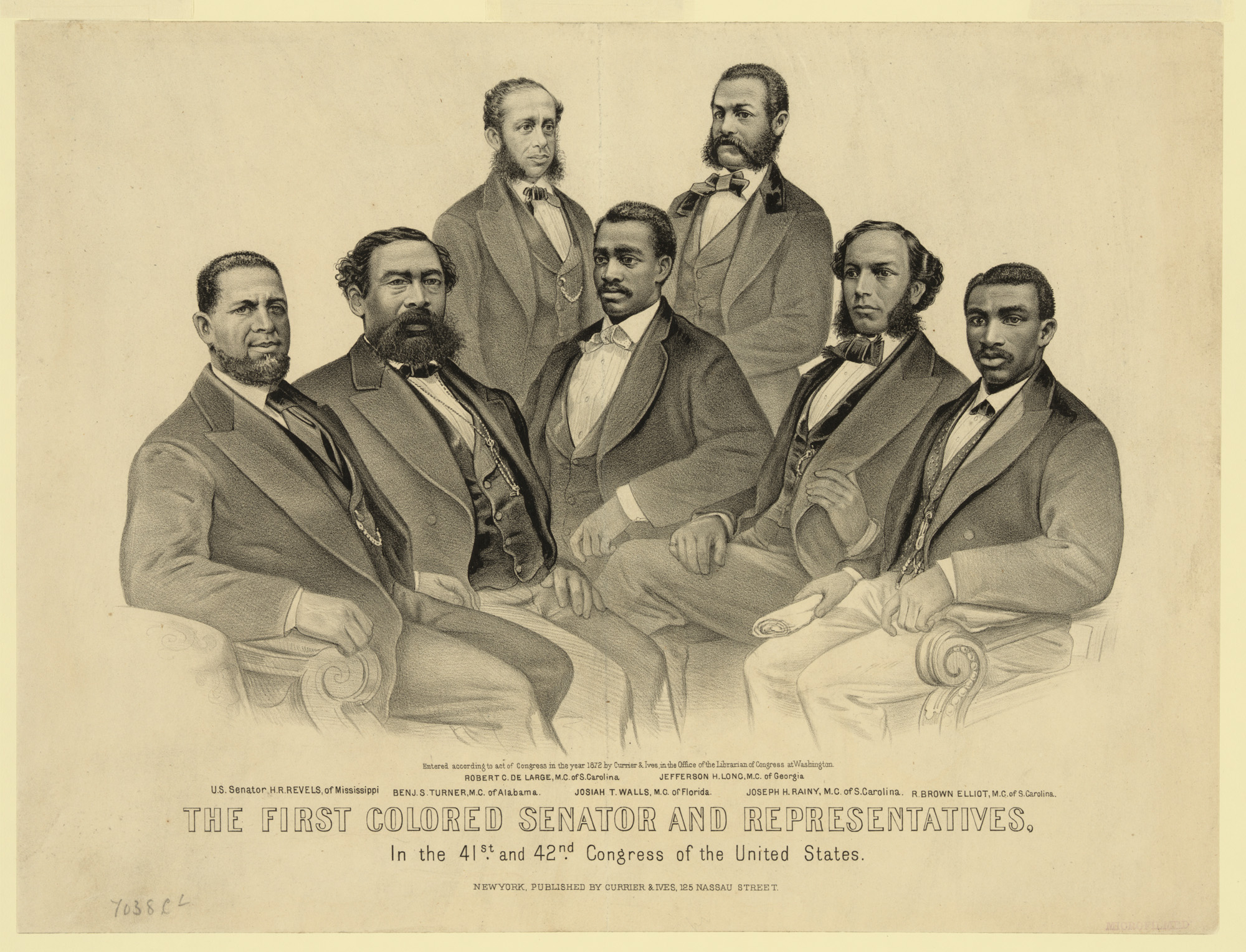Incident Report: Domestic Violence Fatality and Its Implications for Sustainable Development Goals
Case Summary
A recent murder-suicide in West Jordan, Utah, has brought critical social issues to the forefront. Authorities report that a father intentionally set a house fire, resulting in the deaths of himself, his wife, and their two children. The family, who had immigrated from Venezuela, reportedly had a history of domestic violence. The 33-year-old mother had expressed fear of reporting the abuse due to her undocumented status and the potential for deportation, a situation that highlights significant barriers to achieving key Sustainable Development Goals (SDGs).
Systemic Barriers to Safety and Justice for Vulnerable Populations
Challenges to SDG 5 (Gender Equality) and SDG 10 (Reduced Inequalities)
The circumstances of this case underscore systemic failures in protecting vulnerable individuals, directly impeding progress on several SDGs. The reluctance of immigrant victims to seek help creates a shadow population that is denied basic safety and justice.
- Violation of SDG 5.2: The core objective to eliminate all forms of violence against women is severely undermined when victims are too afraid to report abuse. The fear of deportation becomes a tool of control for abusers, perpetuating cycles of violence.
- Contradiction of SDG 10.2: The goal to empower and promote the social inclusion of all, irrespective of origin or other status, is not met when a person’s immigration status prevents them from accessing life-saving services.
- Failure in SDG 16.1: The aim to significantly reduce all forms of violence and related death rates is unachievable if a segment of the population cannot safely access the systems designed for their protection.
Identified Barriers for Immigrant Survivors
Domestic violence support organizations in Utah report an increase in cases where immigration status is a primary barrier to seeking help. Key obstacles include:
- Fear of Authorities: Undocumented survivors often fear that contacting any official-sounding organization, including non-profits, could lead to involvement with state agencies and subsequent deportation.
- Language and Communication: Linguistic barriers can make it daunting for non-English speakers to articulate their needs and understand the resources available to them, further isolating them.
- Lack of Information: Many victims are unaware that non-profit domestic violence services are confidential and operate independently from government and law enforcement agencies.
Strengthening Institutions and Partnerships to Uphold the SDGs
The Role of Non-Profits in Advancing SDG 3, SDG 16, and SDG 17
Non-profit organizations like the Utah Domestic Violence Coalition and South Valley Services are essential partners in achieving the SDGs by providing a critical safety net for all individuals, regardless of their status. Their work directly supports the following goals:
- SDG 3 (Good Health and Well-being): By providing a safe and confidential pathway to escape abuse, these organizations protect the physical and mental well-being of survivors and their children.
- SDG 16 (Peace, Justice and Strong Institutions): These organizations function as strong, accessible, and non-discriminatory institutions. Their federally mandated confidentiality policies ensure that they can protect victims’ identities, thereby building the trust necessary for a just and peaceful society.
- SDG 17 (Partnerships for the Goals): The collaboration between federal funding bodies and local non-profits demonstrates a vital partnership model for implementing the SDGs at the community level.
Guaranteed Protections and Services
To address the fears of vulnerable populations, support organizations emphasize that their services are designed to be safe and inclusive:
- Confidentiality: All calls to hotlines are confidential. Phone numbers are not tracked, and callers are not required to provide identifying information like names or addresses.
- Language Access: Many organizations have multilingual advocates and utilize translation services on their 24/7 hotlines to ensure language is not a barrier to receiving help.
- Universal Access: Services are offered to all survivors of domestic violence, regardless of their immigration or documentation status. No one is refused service based on their demographic background.
Domestic Violence Resources
24-Hour Helplines
If you or someone you know is experiencing abuse, help is available and confidential.
- South Valley Services (Salt Lake County): 801-255-1095
- South Valley Services (Tooele County): 435-231-3557
- National Domestic Violence Hotline: 1-800-799-7233
Analysis of Sustainable Development Goals (SDGs) in the Article
1. Which SDGs are addressed or connected to the issues highlighted in the article?
- SDG 5: Gender Equality: The article’s central theme is domestic violence, a form of gender-based violence. It highlights the murder of a mother by her partner and discusses the systemic issues that prevent female victims from seeking help. The work of the Utah Domestic Violence Coalition is directly aimed at protecting women.
- SDG 16: Peace, Justice and Strong Institutions: This goal is relevant due to the discussion of violence, death rates, and access to justice. The article reports on a murder-suicide, which relates to reducing violence and death rates. Furthermore, it details how the victim’s fear of deportation created a barrier to accessing justice and protection, highlighting a weakness in institutional trust for immigrant communities.
- SDG 3: Good Health and Well-being: The tragic outcome of the domestic violence was a “deadly house fire” and a “murder suicide,” representing the most severe negative impact on health and life. The article also implicitly addresses mental health, as domestic violence causes severe psychological trauma, and the fear experienced by the victim is a major well-being concern.
- SDG 10: Reduced Inequalities: The article explicitly points out the inequalities faced by undocumented immigrants. The victim, an immigrant from Venezuela, was “too afraid to report domestic violence because she didn’t want to be deported.” This fear, linked to her immigration status and language barriers, created a specific vulnerability and inequality in her ability to access life-saving services compared to other residents.
2. What specific targets under those SDGs can be identified based on the article’s content?
- Target 5.2: Eliminate all forms of violence against all women and girls in the public and private spheres. The article is a direct case study of the failure to meet this target. It describes a “history of domestic violence” that culminated in the murder of a mother and her children, which is the most extreme form of violence against women in the private sphere.
- Target 16.1: Significantly reduce all forms of violence and related death rates everywhere. The incident described is a “deadly house fire” that police believe was a “murder suicide,” directly contributing to the death rate from violence.
- Target 16.2: End abuse, exploitation, trafficking and all forms of violence against and torture of children. The death of the two children in the fire is a clear instance of violence against children, making this target highly relevant.
- Target 10.7: Facilitate orderly, safe, regular and responsible migration and mobility of people. The article illustrates the consequences when migration is not “safe” for individuals. The victim’s undocumented status and the “threat of deportation” created a perilous situation where she could not access help, demonstrating a failure in protecting the mobility and safety of all people, regardless of status.
3. Are there any indicators mentioned or implied in the article that can be used to measure progress towards the identified targets?
- Indicator 5.2.1: Proportion of ever-partnered women and girls subjected to physical, sexual or psychological violence by a current or former intimate partner. The article’s entire premise is based on this phenomenon, referring to a “history of domestic violence” and the work of non-profits who assist “survivors.” The existence of this case is a data point for this indicator.
- Indicator 16.1.1: Number of victims of intentional homicide. The article reports four deaths resulting from what is believed to be a murder-suicide, which would be counted under this indicator.
- Implied Indicator for Access to Services: The article implies the need to measure the accessibility of support systems. It mentions that “language barriers are a big hurdle” and that hotlines now have “full language capabilities.” This suggests an indicator such as the “Percentage of domestic violence services offering multilingual support.”
- Implied Indicator for Access to Justice: The article states that the victim was “too afraid to report domestic violence because she didn’t want to be deported.” This points to a critical gap in justice. An implied indicator could be the “Proportion of victims of violence from immigrant communities who do not report crimes due to fear of authorities or deportation.” The efforts of non-profits to provide confidential services that are separate from state agencies are a direct response to this issue.
4. Table of SDGs, Targets, and Indicators
| SDGs | Targets | Indicators |
|---|---|---|
| SDG 5: Gender Equality | 5.2: Eliminate all forms of violence against all women and girls in the public and private spheres. | 5.2.1: Proportion of ever-partnered women and girls subjected to physical, sexual or psychological violence by a current or former intimate partner. |
| SDG 16: Peace, Justice and Strong Institutions | 16.1: Significantly reduce all forms of violence and related death rates everywhere.
16.2: End abuse, exploitation, trafficking and all forms of violence against and torture of children. |
16.1.1: Number of victims of intentional homicide.
Implied: Proportion of victims of violence who do not report crimes due to fear of authorities. |
| SDG 10: Reduced Inequalities | 10.7: Facilitate orderly, safe, regular and responsible migration and mobility of people. | Implied: Percentage of domestic violence services offering multilingual support to overcome language barriers for migrants. |
Source: ksltv.com







